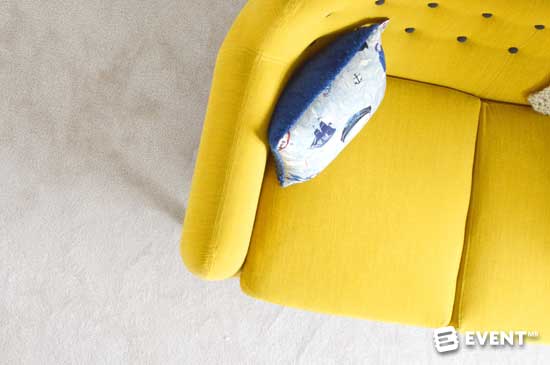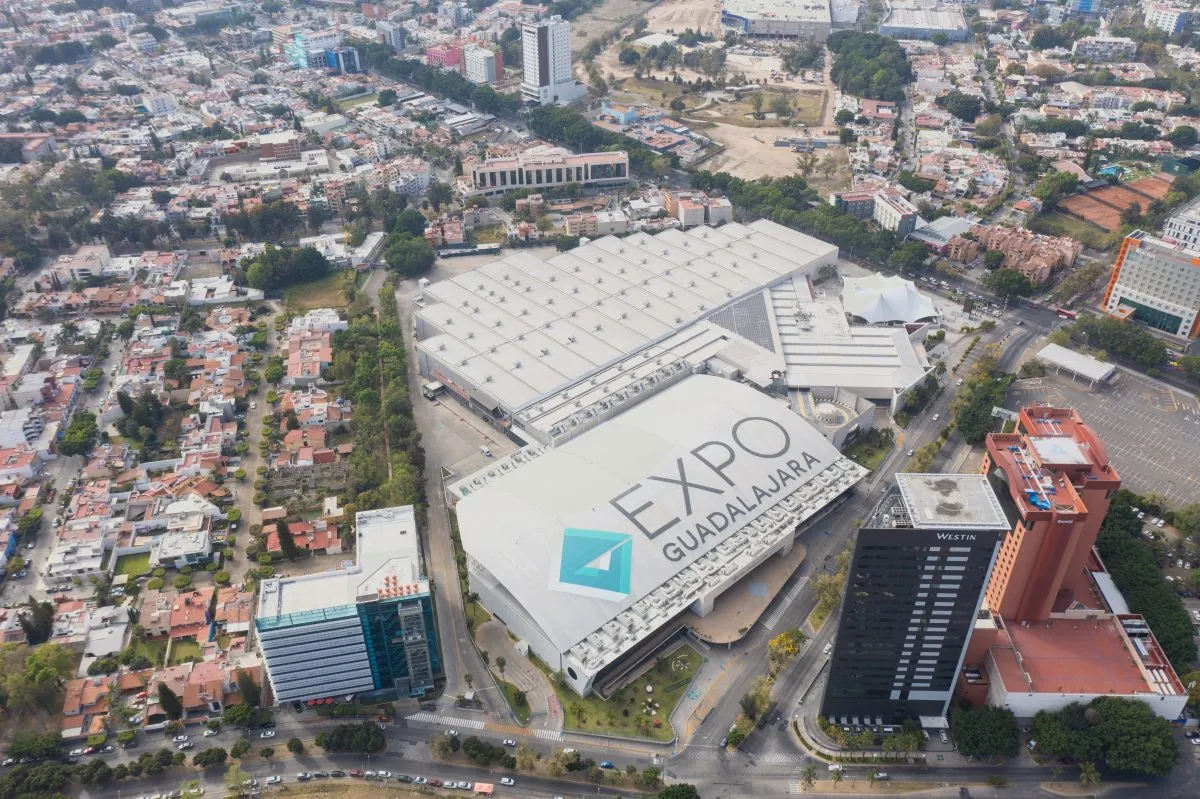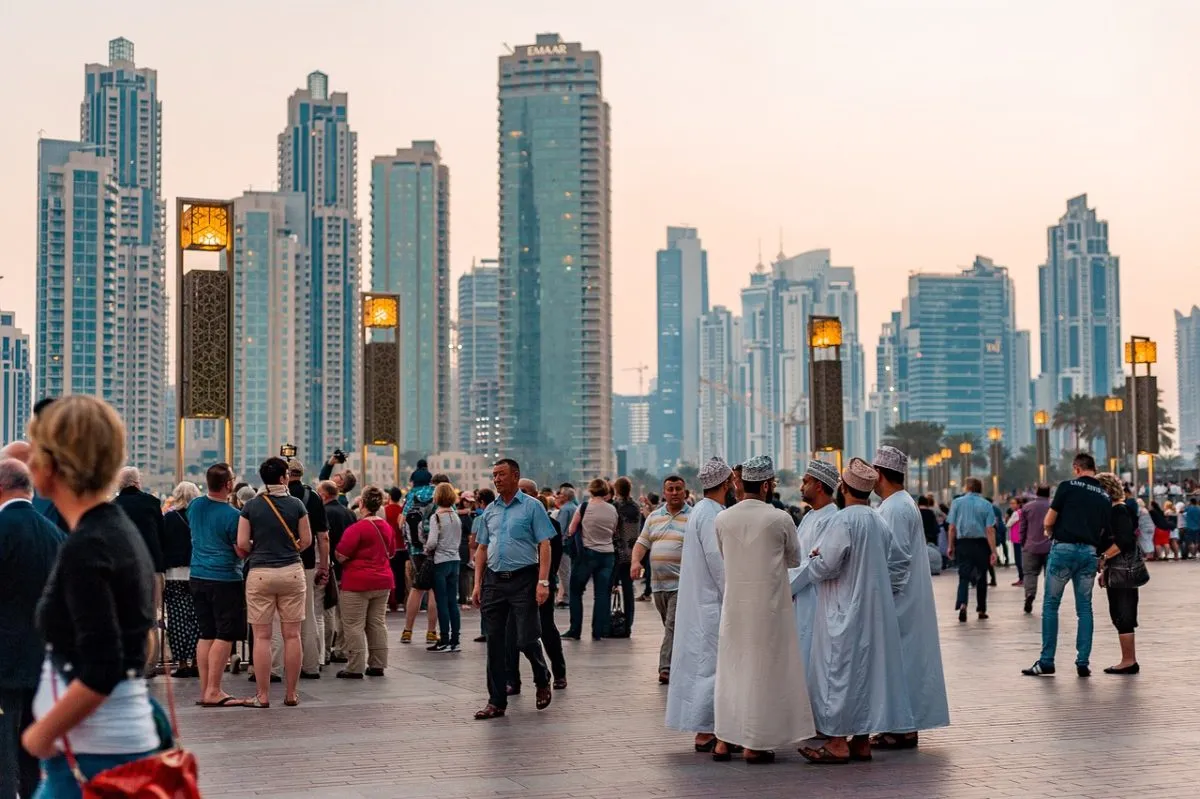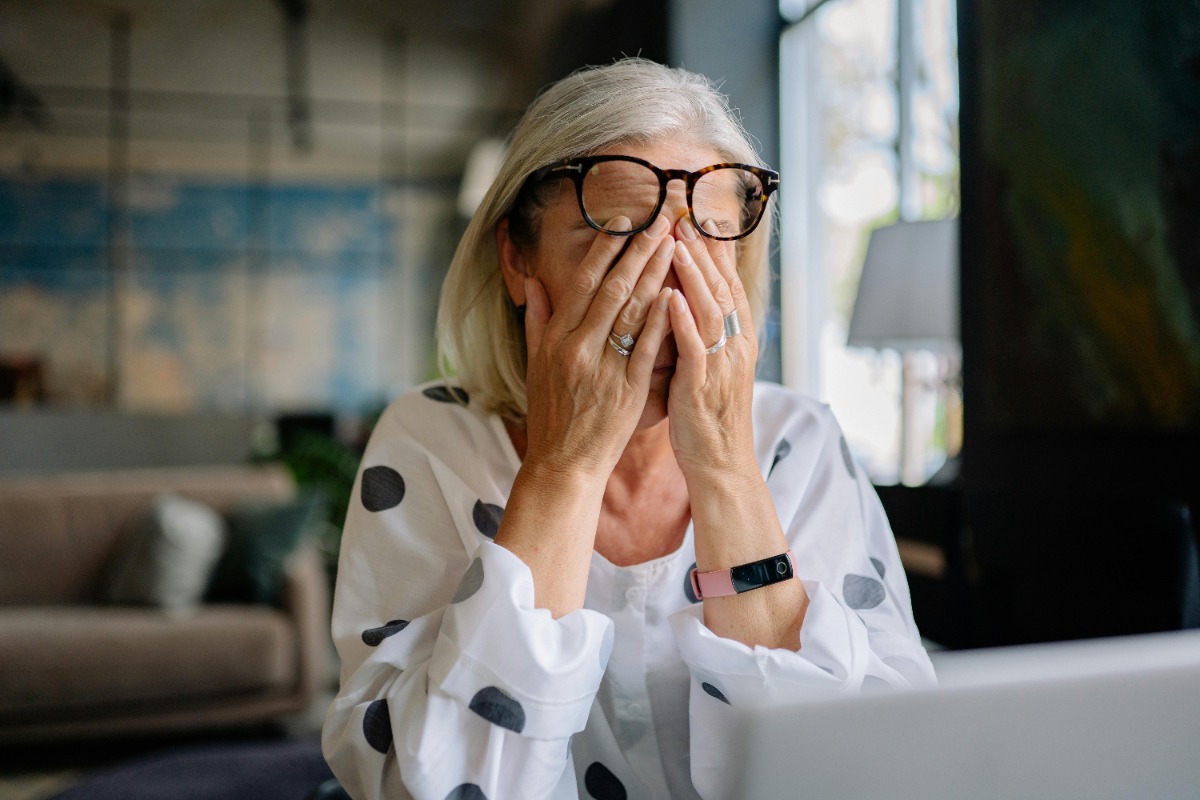The Ultimate Guide to Planning a Conference Panel Discussion

Skift Take
For a panel discussion to appear effortless there are actually a lot of things that need some forethought and planning in advance. These 14 things will help to ensure a slick operation.
The Objectives
A panel discussion should never be a time filler, easy option or done simply because it is "expected". Think carefully about what you want to get out of this element of the agenda and what it contributes to the day overall. If you only have limited time available and think that it will be squeezed even further it might be best to think about different ways to use the time.
The Chair/MC
The moderator is the key ingredient to a successful panel debate. To ensure the right chemistry is achieved, match the MC to the needs of the panel. Perhaps you need a firm, authoritative figure to keep everyone in line or a journalistic approach to ask probing questions? Consider if the topic is a specialist area which needs some prior knowledge or if neutrality could be an advantage.
The Contributors
Think carefully about who you invite to participate in the panel. You want interesting perspectives and input. The person with the most senior job title isn't always the best choice to get involved. Unless you have lots of time to dedicate you probably want to limit the panel to a select group of people, perhaps 3 or 4 panelists, plus the MC.
The Vibe
Give some thought to the reasons you are having a panel discussion and the ambiance you would like to create. Do you want to create a serious debating environment or a more relaxed and intimate environment?
Think about the feel of the discussion - would you prefer the chair to stand up or sit down? Will movement around the stage add interest and pace or would a laid back, sofa-based chat be more fitting?
Microphones
Depending on the look and feel you are aiming for the furniture may dictate the microphones you should use. For greater sound quality and a professional delivery, you will probably want to opt for lavalier (lapel) mics or headsets, although floor-standing mics or hand-held mics are cheaper alternatives. If you are having a traditional panel set up with everyone behind a desk-like table then table mics are an option for you.
Discuss with your AV provider in advance of the day the numbers of people on the panel to ensure that there are enough mic outputs available on the sound desk. Consider when presenters should be mic’d up, and sound checked and who will remind speakers to unmute before they take to the stage.
If you are using hand-held microphones confirm which member of staff or technician will switch them on and distribute to the panel members. Sharing microphones can look clunky and awkward and cause minor delays so this should be avoided if at all possible. Investing a small amount of budget into individual microphones will give a more polished delivery.
The Stage
The stage is the first consideration in terms of the set-up of the panel discussion. If the conference room can only accommodate a small or narrow stage this will limit the furniture options as health and safety must come first. The last thing you want is a speaker balanced precariously at the edge of the stage or presenters looking like they are sitting on top of each other.
Furniture
Funky furniture can transform the look of the panel but can also quickly break the budget. Try to work with the options available through the venue or that the AV supplier has in stock before you start gathering quotes for rentals.
If you are using low seats or a table without a modesty panel it is good practice to warn female panel members so they can plan their outfit carefully to avoid any embarrassing wardrobe malfunctions.
Branding Opportunities
The furniture and stage backdrop offer great opportunities to show off the event branding and promote your sponsors. In this social media era pictures can be shared widely and reach much further than the walls of the conference so make sure that you make the most of the opportunities.
If you already have the AV in place it costs nothing other than a little bit of design time to have a holding screen showing in the background, with either a static slide or a rotating slideshow.
Briefing and Preparation
Think about whether questions should be shared with speakers beforehand (if some questions are pre-planned or submitted in advance of the session) or whether they will respond "blind". It is important to keep the spontaneity of this element of the agenda but if a particularly deep or tricky response is required it could be appreciated to give advance warning about the type of questions that might be asked to help the panel members to gather their thoughts in preparation. Stress to contributors that nothing should be prepared formally in response though and that the questions are in the control of the audience (if this is the case).
Try to convene the speakers and moderator during a coffee break, particularly if they have not met previously. Having a brief discussion can help to flag up some interesting similarities or differences in opinions and any politics which need to be addressed or avoided on stage.
Introductions
Instead of simply introducing the panel members and their role ask each person to say who they are and to give a 30-second overview of their motivations, stance or an interesting and related fact. This helps the audience and other panel members to remember and relate to them.
Timings
Right from the start, it is important to keep to time, so if panel members are given 30-seconds to introduce themselves, don't allow them to over-run. In briefing the speakers you should outline how many questions you hope to be covered and the approximate time each person will have to respond. Although the moderator will manage this on the day, giving some guidance in advance focuses speakers on the limited time available and helps to keep them on point. Not every speaker will need to respond to every question either but the MC should allocate and instruct on time and give clear instructions throughout.
Comfort
Think about the comfort of the panel members. Have water available, within reach and pre-poured. If they may need to take notes then it could be a nice touch to provide a pen and paper. Also, consider things like access to the stage. Ensure there are steps and the speakers are seated appropriately to enter from the right place.
Diversity
Think about the diversity of the panel to ensure that it accurately represents your audience. Male, all-white panels shouldn't have a place in modern day events or prepare to be under fire if this is the approach you take.
Questions from the Audience
Lots of solutions are available to enable audience members to submit questions to the panel either via an event app or another technology tool. This can ensure that the best questions get asked to the speakers most efficiently and that no time is wasted waiting for microphones to travel across the floor or dominated by an audience member with a lot to say.
Lots of fun and clever solutions are also available, such as throwable microphones and microphones which operate through participants smartphones.
If attendees can ask questions from the floor and you are relying on getting a handheld mic to them devise a plan in terms of the number of wireless microphones needed, which staff will act as the mic runners and where they will be positioned to cover the whole floor effectively. The staff may need to convey to the audience members how to use the microphone (people often don’t realize how close they need to hold it to speak into it) and need to be aware of not blocking the view of the audience when they pass a microphone to an attendee.
Shaking Up the Traditional Panel Discussion Set Up
For panel discussions and conferences it is common to default back to the traditional buffet table and chairs layout that face the audience and while this may work for some events such as Comic Con as a signature layout, it can seem a bit samey and uninventive to attendees.
Changing the layout can not only provide the panelists with a more interesting discussion dynamic, which can lead to more ideas and naturally flowing conversation, but it also appeals more to the audience. Sofas and chairs can not only make the stage more interesting and provide comfort to the speakers but it relaxes everyone in the room to keep the focus and make an impact.
This being said, there are some things to consider about changing the stage furniture and incorporating sofas and different chairs. Here are some dos and don’ts to consider.
Dos & Don’ts
- Do consider the size of the stage vs the amount of panelists you have, fitting several 3-seater sofas on a small stage is a logistical nightmare and chairs or stools would be more suitable.
- Do allow space for the panelists to fluidly walk to their seats or on and off stage, particularly if you will be adding or removing speakers during the event. If they all have to stand or push past each other it looks poorly thought out and untidy as well as creating a safety risk.
- Do utilize all of your stage space, particularly for larger sets as clumping all of the panelists together and leaving large spaces is not visually appealing to the audience and can easily distract them to look elsewhere.
- Think about changeovers. Will the furniture remain on the stage throughout the day or appear just before the panel discussion?
- Don’t leave chairs close to the edges of the stage, panelists tend to shuffle or fidget as well as move slightly to face those speaking or the audience and it can be a huge hazard.
- Don’t let the furniture overwhelm the actual topic and discussion panelists. Interesting and quirky furniture is great but looming or large ornate pieces can detract the eye and attention of the audience away from those who are speaking.
15 Innovative and Stylish Panel Layouts
Wanting to get creative with your panel discussion? Here are some examples from real life events to inspire you.
-
Relaxed Sofas
This living room style stage set up with glass coffee table from Fox Marin Associates is very apt for a real estate panel discussion and definitely creates an informal and relaxed vibe, as seen here by the panelist’s body language.
-
Branded Furniture
Techie Dad is part of a panel which has branded the furniture on stage with sponsors details to ensure they are front and center for the audience and on images and live streams from the event. In addition to this you could use specifically colored furniture to suit the brand or theme.
-
Quirky Designs
Mixing up the chair design is an obvious way to add to the event style and brighten up a boring stage set-up, as shown here by Akiani. These cut-out chairs are unusual to look at and also seem comfortable, judging by the participants leaning back during the discussion, they also add a splash of color to the stage and draw your eye to the discussion to keep you focused.
-
Tall Stools
NickersonPR shows this interesting space-saving seating choice using tall stools. The height can lift the panelists which can be particularly beneficial for the audience and it is also quick to add between conference sessions if there isn’t much time for set changes.
https://www.instagram.com/p/BQ3OEdWjex_/
-
Sofa Sets
If you don’t have enough space on stage for multiple sofas you can opt for sofa sets, like you would in a living room, so that everything matches but it takes up less space. As you can see here by Jualio the central sofa seats several panelists while the two outer matching seats face inwards showing they are all part of the conversation and keeping the panel well positioned for natural conversation and also dialogue with the audience.
https://www.instagram.com/p/BQ1-ClOlXcv/
-
Standing
Although this would not suit longer discussions, this can be an easy solution for smaller stages or events where the stage is being used for multiple activities to prevent the need for moving furniture around or on and off the stage which can take up valuable time. As seen here by Shusei Toda, the brief contest discussion is breaking up other elements of the conference making it easier to get people on and off the stage for the next item on the agenda.
-
Double Tier
Red Monkey Collective show at this press conference that even if you prefer to use the traditional panel discussion layout you can mix things up a bit by layering and adding tiers. This is also beneficial for smaller spaces and can easily be achieved on smaller stages by adding a smaller level at the back to raise one of the tiers above.
https://www.instagram.com/p/BQ3Nn9HDZyd/
-
Chairs and Stools Combo
At a Parisian conference they opted for a relaxed feel by using a combination of velvet chairs and stools to suit different panelist types. Bertrand de V. shows that this is a great use of a small space as 7 larger chairs would not fit on the stage but the combination of high back and stools in a matching material works and encourages a cosy, homely feel.
https://www.instagram.com/p/BQxThe-jaDi/?hl=en
-
Round Table
This onstage round table set up shown here by Paul Caspers is an interesting example of combining a discussion dynamic among the panelists, but also incorporating a Q&A from the conference audience, and allows both to be facilitated by stools around a large table with the moderator standing freely to direct the audience. It gives the impression of almost eavesdropping on a conversation and wanting to be a part of the clique in the spotlight.
-
Big Displays
You can adapt a traditional layout by mixing it with a large oversized digital display such as this one shown by Rebekah Mondon. This can provide unique corporate sponsorship opportunities as well as adding interesting graphics or media to bring the stage alive during the conference and overshadow an otherwise boring table panel layout.
https://www.instagram.com/p/BQxQ0OlhnDK/?hl=en
-
Cubes
These cubes take up minimal space on stage and allow all of the panelists to engage with each other as they are easily maneuverable and open. As seen here by Popschlampe the varying colors of blue match the venue lighting and are low to the ground to ensure no obstruction of the screen behind. Plastic cubes are also available with lights inside to give another eye catching effect.
-
Armchairs
Although this is a stunning London event venue shown by Jose-Miguel Amengual, the stage is fairly narrow, meaning it cannot accommodate a full sized panel discussion layout so using low set, compact armchairs are ideal. They are comfortable but are easy to fit on a stage, unlike a sofa, and this plush design adds a sense of sophistication that suits the venue.
-
Tub Chairs
Using low back chairs can allow panelists on stage to sit comfortably while being able to see everyone and as you can see here it doesn’t overpower the stage too much. Kaja Kallas shows here that the chairs and tables forming a curved shape help to utilize all of the stage space without cutting any of the panelists or the audience off.
-
Assorted Furniture
As you can see here from Mario Sixtus, this panel discussion uses a variety of different furniture to fit onto a very small stage. It creates a very informal atmosphere while also accommodating several panelists on stage and the different seating levels between stools, chairs and tables helps to give different interest and avoid the inevitable crowding that comes with such a small space. Was this furniture chosen on purpose or randomly selected as a last minute afterthought - keep your audience guessing!
-
Interview Style
This interview style layout is interesting for conferences or smaller one-to-one discussions because it creates a homely vibe as seen here by Prop Stars who create an informal space with matching tables and décor. It also has a signage backboard for sponsorship opportunities or branding and the chat show type layout helps to make the audience feel like they are witnessing something exclusive.
In Conclusion
Panel debates and discussions have stood the test of time but that doesn't mean they have to be stuck in the dark ages. These tips will help you to plan the slickest of conference panels and we hope these examples will inspire you to make the discussion one of the focal points and highlights of the event. Ultimately you can engage, draw in attendees and make an impact at your next event.




